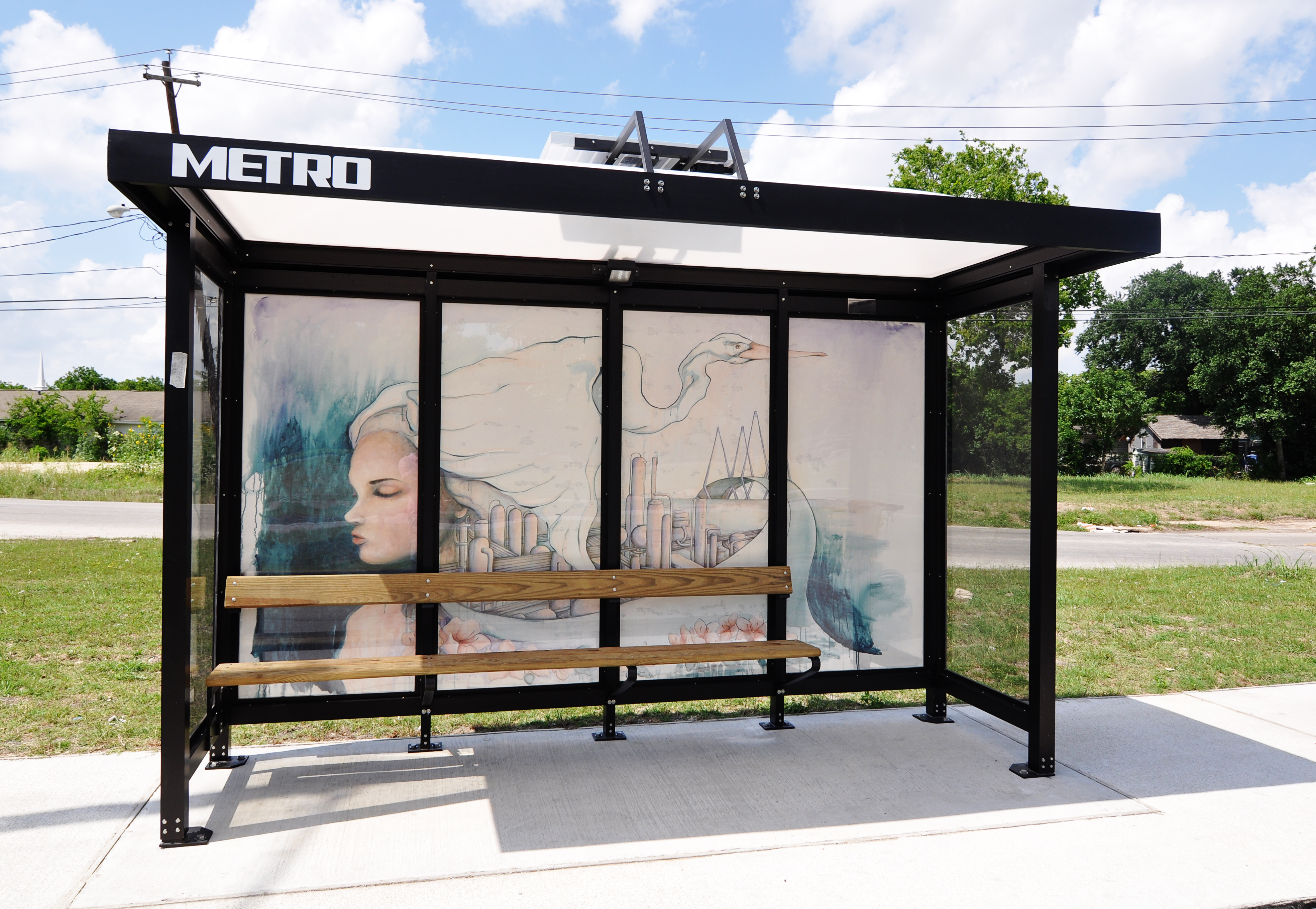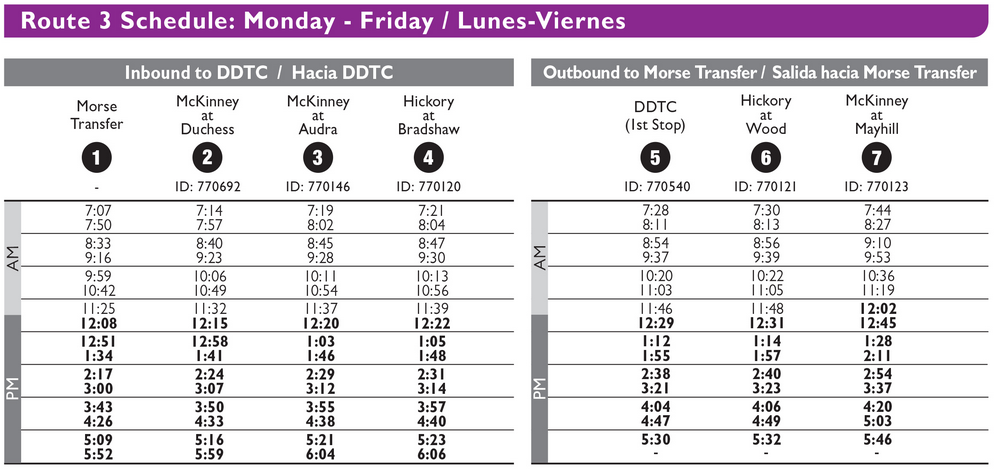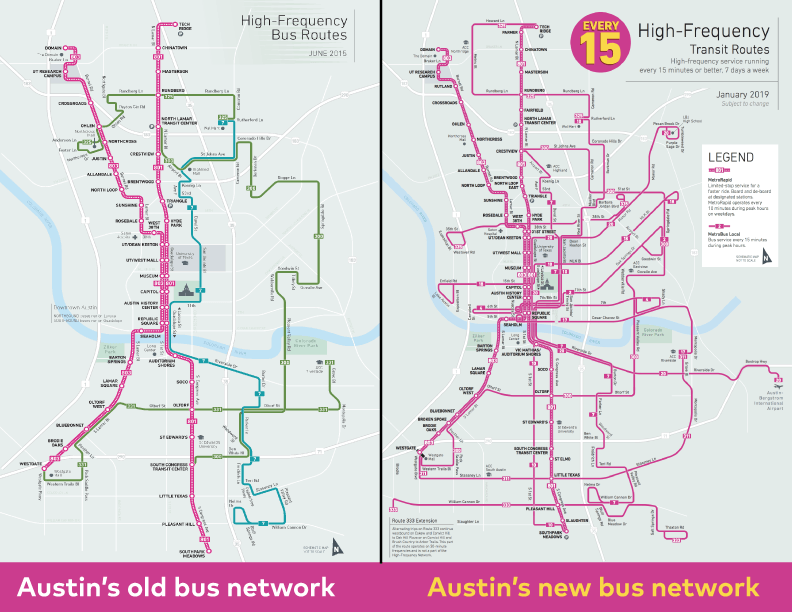Fare Free Buses
Make the buses fare free. Systems like Kansas City that have gone fare free have experienced ridership growth and faster travel times. Given that fares account for less than 1% of DCTA funding, a ridership increase would represent a maximization of DCTA's resources.

Safe & Comfortable Stops
DCTA will not be able immediately to deploy enough capacity to meet Denton's large need for transit. While we push to help them build their capacity as fast as possible, we should deploy funding to plan and build our infrastructure in advance of deploying more buses. Over time, we can gradually shift our focus from infrastructure support to operations support. This is a high value investment - bus stops are the front door to our transit network, and bus stop upgrades are very cost effective.
For example, Houston recently spent $4.6M to add escalators and canopy coverage to a single train stop, and only $2.5M to add bus shelters to 2000 bus stops - around $6,000 per shelter. DCTA currently has far fewer high-ridership stops, so we could build a strong base for our core network for an even smaller price. During the building phase, we should focus on rider comfort through sidewalk and stop amenities.

Night & Weekend Services
Currently, our bus system is geared towards getting traditional commuters to work and traditional students to and from school. This excludes many people who do not work 9-5, such as students or university staff who may start early or work late, night shift employees at manufacturing plants, hospitals, or school support staff. On weekdays, Route 3 - comprising one third of Connect routes - makes its final stop at 6PM. Route 6 stops an hour and a half before route 7. On Saturdays, the picture is even worse. On Sundays, there is no bus service.

Additionally, running different routes on weekends and weekdays - while convenient from a budget standpoint for UNT - does not make sense if we view all buses on Denton streets as part of a network that serves Dentonites. It adds confusion, removes convenience, and should be changed to increase cohesion and utility.
Strong Route Network
It's time to rethink our bus network - as a network. People can't ride the bus somewhere if they can't get back, we need to add service till at least midnight. We need more buses going more places more often, and we need a route map that's easy to navigate and make transfers on. We need Sunday Service. People have jobs, church, and shopping runs on Sunday, there's no excuse for our buses not to run then. As soon as we can get the staffing, we need to incrementally role out new service - first adding Sunday service, then extending route 3 and 6 to 10PM to match route 7. Then extend all routes to run till midnight, and begin rolling out new routes

brought ride times down and ridership up
Electric Buses
As buses age out of service, replace them with electric buses. We should begin planning for this transition and identifying funding sources. Electric buses reduce air pollution, noise pollution, and - over the life span of the vehicle - are cheaper to operate than diesel buses. Their maintenance and fuel costs are reduced compared to diesel buses. Many grants exist to aid the purchase of electric buses and their infrastructure.

